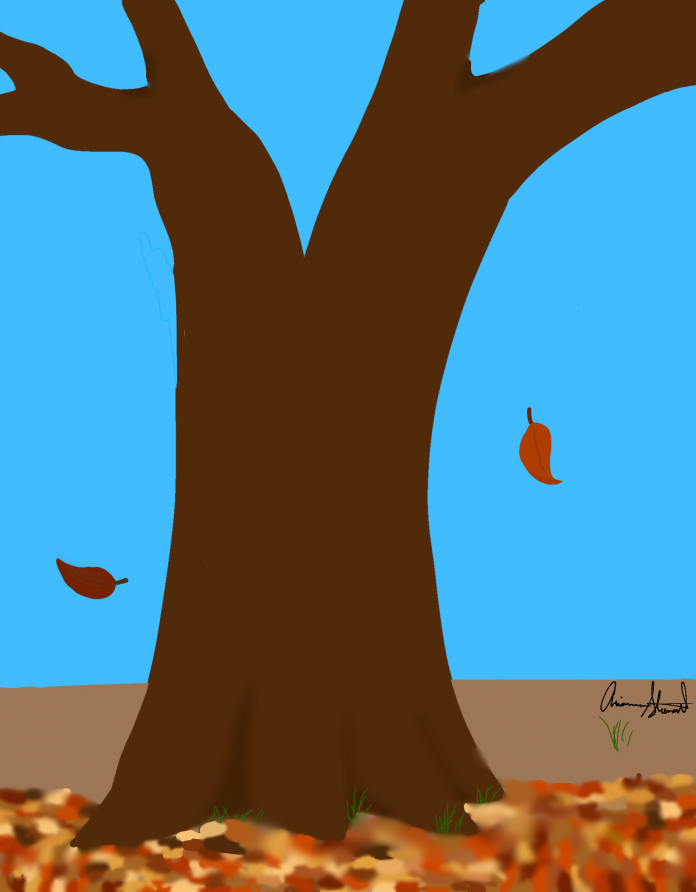Kayla Parkins ’24 is majoring in kinesiology with a focus in public health and a minor in creative writing. She is a plant lover with an affinity for books. Her mission is to use her voice for advocacy and journalism surrounding public health issues in order to give a voice to untold stories. Email Kayla at kdparkins@email.wm.edu.
The views expressed in this article are the author’s own.
The College of William and Mary’s campus is blanketed in jewel-toned leaves this fall. The sun this time of year says goodnight a bit earlier than the month previous. While fall presents endless excitement for pumpkin spice and encroaching jolly music, something barren and hollow creeps into many fellow twamps.
Seasonal depression has arrived with guns blazing, especially during midterm season. I would like then to cordially invite each reader to ask a friend, professor or yourself how they are doing. It is no surprise that some of our outdated dorms can be quite stuffy, lack airflow and provide insufficient natural lighting. All of these factors can contribute to seasonal depression. Especially during a pandemic, it may feel especially difficult for College students to find friends or feel incorporated and valued on campus. With the endless grind of a twamp, what is one supposed to do?
One way to feel more included in the campus is to study in a heavily foot-trafficked location including The Daily Grind, Sadler Center or Aromas Cafe at Swem. If you are looking for a space with more natural light and a quiet reserve, then the McLeod Tyler Wellness Center has a large open space that gets direct light all day with a natural view. Investing in an air purifier, or plant growth light can provide you with a fresher rejuvenated dorm.
I find it peculiar how our administration prides itself on the wellness of students but has yet to speak on behalf of this immense issue. While we have care reporting, the Counseling Center and campus recreational activities in place by the administration, there have been years of public disapproval and lack of efficacy with these resources. I fail to see the drive and motivation from the administration to promote the growth and betterment of these programs.
Where do we go from here? Faculty, staff and students must advocate for Student Accessibility Services to recognize seasonal depression as a common mental health issue among many students. According to a prospective cohort study by the European Archives of Psychiatry and Clinical Neuroscience, there is a “high comorbidity of Social Anxiety Disorder and Agoraphobia within the repeated seasonal [major depressive episodes] MDE.” This is conducive to many students experiencing seasonal depression feeling isolated and unable to reach out for help. Thus, there is a clear need for faculty and administrative support. The administration needs to ensure that faculty puts the safety and well-being of the student first.
One idea is having intermediate wellness days where classes are not in a session throughout the semester specifically surrounding exam periods with conducive wellness activities. Wellness activities can range from stress management workshops to an investment or monetary resources into bettering individual and group therapy options. Available care packages at various points on campus for students to pick up that hold encouraging messages and treats as an act of service for students. Reducing the stigma surrounding mental health specifically with administration by deeply listening to students’ concerns and needs.
As we enter the home stretch of the fall semester together, remember your well-being should always be your top priority. Take time for self-care, take a walk even if you initially don’t want to, go to social activities and make it comfortable to talk about feeling some winter blues.

